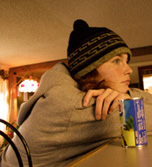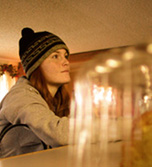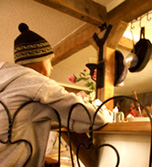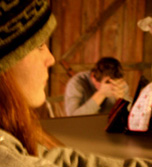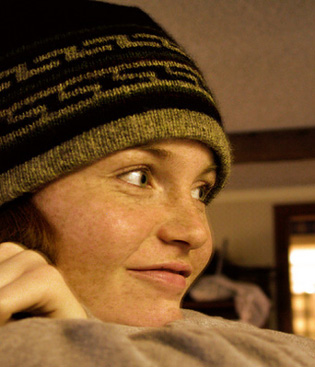Greasy Cove
I knew a little about "Albert Pike". He was some old guy from the 1800's who among other things, was commander over a group of Indian soldiers at the Battle of Pea Ridge, ...for the south. The Albert Pike campground on the Little Missouri River, is named ...Albert Pike presumably probably maybe most likely after, ...that Albert Pike guy.
I've managed to pick up a few books lately, on Arkansas history. Indians and stuff. Settlers and things.
In particular of course, I'm recently interested in local history of the area I've grown up in; the Ouachita River area, Malvern, Hot Springs, Arkadelphia, Camden, etc..
It seems that Albert Pike did a whole lot of things. He grew up in the New England states, then struck out on his own when he was 18.
It was 1831. He was headed west.
He and a friend walked and paddled their way through Boston, Albany, Rochester, Buffalo, Cleveland, Cincinnati, Nashville, and Cairo, enroute to St. Louis, which then was only a small village.
From St Louis he joined up with a party of hunters and traders, in a group of ten wagons, and headed for Sante Fe. In August. He left Sante Fe in Late 1831 and joined a hunting party in Taos. From there, out onto the great plains, where our hero hunted buffalo and smoked peace pipes with all manner of indian people. Then the hunting trip went sour. They had to eat thier horses out of starvation. They had to walk. In the whole trip back from Taos, they covered 1,400 miles. Pike said he actually walked something like 650 miles.
The guy made his way back to Fort Smith and became a school teacher, then to Little Rock as a lawyer. Then came the civil war.
He was against slavery, yet decided to take up the command of Indian troops. I think today more emphasis is put on slavery as the sole issue of the war, but back then it wasn't.
He didn't do too well at Pea Ridge. Some of the indians under his command scalped and killed some wounded northern soldiers. Many of the indians fled:
In the fighting his forces captured a battery of the enemy, but, as shots from the Federal Cannon flew over the heads of the Indians, shattering limbs of trees which fell into their midst, followed by exploding shells, many of the indians broke and ran, and Pike said some of them never stopped running until they reached their homes, hundreds of miles away. "The Indian does not fight in the open," said Pike; "he must have a log, a tree or a rock behind which to hide." He had proven himself friendly to the Indians, but he knew that these particular Indians, at least, were not adapted to "civilized warfare."
Albert Pike would be a sort of outcast after the war. As a former Southern military commander, he couldn't return to his normal life of being a lawyer in Little Rock.
"Pike disappeared mysteriously from the walks of mankind for a time, only to reappear as suddenly and mysteriously. ...He retired to a place called Greasy Cove, in Montgomery county Arkansas. ... and lived on a little farm a few miles below the Little Missouri river, coming upon the locals silently, unhearalded, and bringing with him wagon loads of books and furniture--such had never been seen in that section"
According to local stories, Pike remained in the seclusion of Greasy Cove until one of the bands of roving and marauding jay-hawkers that infested many sections of the south at that time found its way there. Then, it is stated, after terrorizing the settlers, thieves visited Pike's place, destroyed his furniture, threw his books into the Little Missouri, and threatened his life.
The site of his home was included in a large stretch of of mountain land comprising the proposed Ouachita National Park of the 1920's. The location being at the foot of Pryor mountain, one of the small peaks in the Ouachita range. Close by flows the Little Missouri.
I didn't know that the campground was named after him because he lived there for awhile. It would be fun to try and find the old cabin, ...Somewhere in the vacinity of Greasy Creek and Pryor Mountain.





